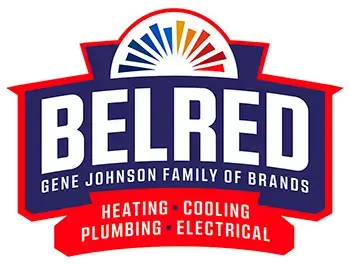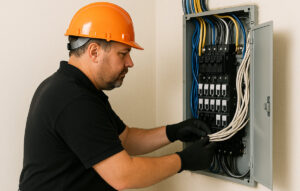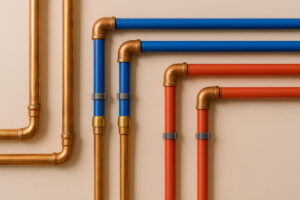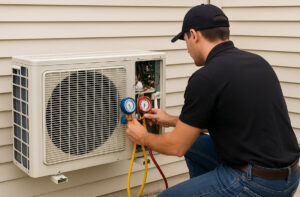There are two main types of leaks that can cause problems when it comes to your home’s comfort, energy efficiency and indoor air quality – general air leaks around the home and duct leaks in your HVAC system’s duct work. While a bit different in nature, both can cause major problems. It’s important to either be able to identify and fix these common problems yourself as a homeowner or, perhaps better yet, bring in knowledgeable professionals so you can be assured that all leaks are identified and fixed properly.
Ensuring your home and ducts are properly sealed is one of the most important home energy steps you can take when it comes to maximizing overall efficiency. In order to help, we decided to put together a blog series on identifying and fixing these common leaks in your home. For this blog post, we’ll examine the common problem spots and fixes of general air leaks.
Air leakage, sometimes referred to as infiltration, occurs when air from outside your home enters the home through cracks, faulty or low-performance windows, gaps, or other openings. Air leaks in your home can increase your energy expenditure greatly. In some cases, air infiltration can increase your home’s monthly energy bill by as much as 30 to 40 percent. During colder months, air creeps into the home, making it harder to heat the entire house. Your heating system has to work harder than it normally would without leaks to keep the temperature at a desirable level. The same can be said for keeping your home cool during warmer seasons with your home’s cooling system.
So where are the most common air leak and infiltration problem areas? These issues most commonly occur in or around the following areas:
· around plumbing or wires that enters the home from the outside or through attics and/or crawl spaces
· around windows and doors that are old or not properly sealed
· in attics
· by chimneys, chimney dampers or external oven vents
· through recessed or can lighting
· through electrical outlets or switches
· in dropped ceilings throughout the home
Once you’ve identified the problem area(s) where infiltration is the biggest problem in your home, it’s important to know how to address these issues. The process of fixing air leaks is called air sealing, which involves using different materials and processes to stop air from getting into your home when it’s not supposed to.
There are many common materials that can be used to fix these common air leak issues. They include caulk, expanding foam, backer rod (crack filler), rigid foam insulation, weatherstripping materials, and mastic or special tapes. While selecting the right material for the job is crucial, knowing how to properly apply each material to each specific problem area will provide the best results and the most effective air sealing in your home. It is also important to ensure proper ventilation (exchanging stale indoor air for fresh outdoor air) when sealing a home. Making your home too tight can cause its own set of problems.
Contact BelRed today to learn more.







